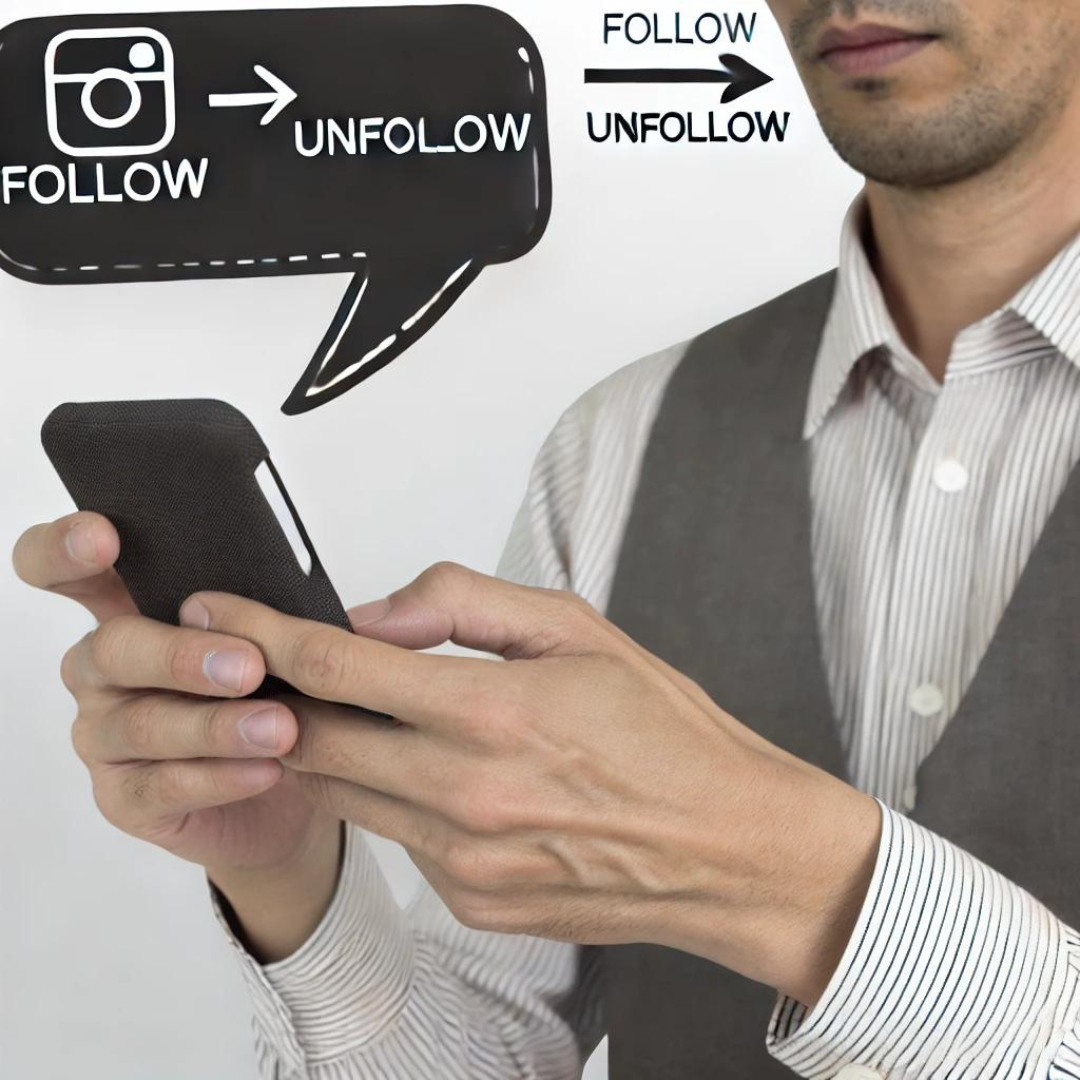Do you know why most marketing strategies fail despite seemingly doing everything right?
It’s often not due to a lack of effort but a fundamental misunderstanding of the marketing funnel stages and the customer journey.
Many businesses overlook the crucial roles these concepts play, from sparking initial awareness to fostering lasting loyalty, leading to ineffective strategies and missed opportunities.
In this article, we’ll first dissect the foundation of successful digital strategies by clarifying the structure and significance of each stage in the marketing funnel and how it correlates to the customer journey. This will set the stage for a deep dive into the common pitfalls that lead to failure.
Understanding the Marketing Funnel: Foundation of Successful Digital Strategy
Understanding the marketing funnel and the customer journey is crucial for any successful digital strategy.
While the marketing funnel stages outline the general progression of a customer’s engagement with your brand, the customer journey map details each interaction or touchpoint your customer has with your brand throughout these stages.
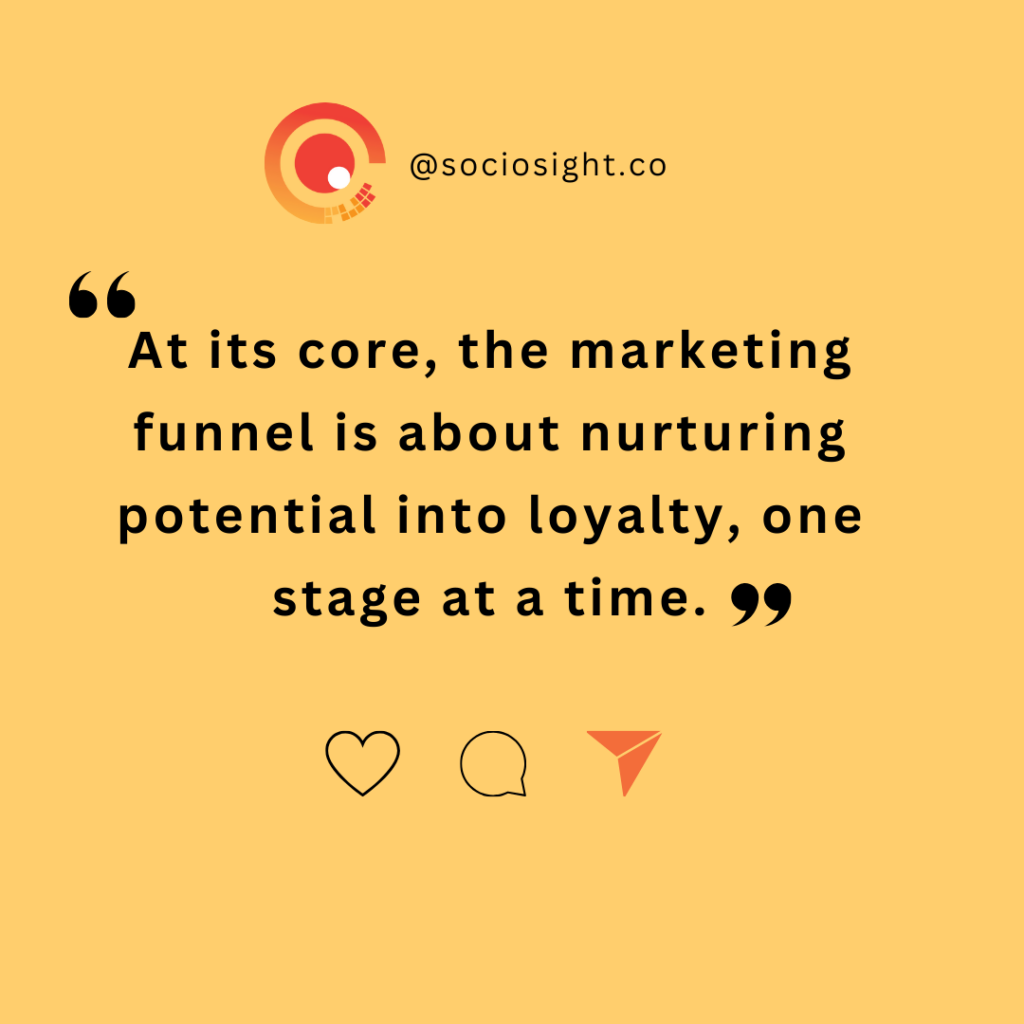
Here’s how each of the marketing funnel stages corresponds to specific customer journey touchpoints:
- Awareness: This is the top of the funnel, where your goal is to make potential customers aware of your business. It involves visibility and outreach through SEO, content marketing, and broad-reaching social media campaigns. In the customer journey, this stage corresponds to the initial touchpoints where a customer first encounters your brand.
- Interest: Once awareness is established, you work to maintain and grow their interest. This involves targeted content and interactive social media activities to engage potential customers further. On the customer journey map, this is where customers begin to interact more deeply with your brand, consuming more content and participating in discussions or events.
- Consideration: At this marketing funnel stage, potential customers evaluate your offerings against their needs and other market options. Detailed information, testimonials, and demonstrations are vital here. In terms of the customer journey, these are critical touchpoints where customers seek out and review detailed product information and comparisons.
- Intent: Customers now show a clear intent to purchase. Your marketing strategies might include special offers, discounts, or compelling calls to action. For the customer journey, this stage involves specific actions like adding items to a cart or initiating contact with sales representatives.
- Conversion: The crucial point where leads become customers. Your marketing funnel focuses on conversion tactics, while the customer journey examines the purchase process and any last-minute interactions that confirm the decision to buy.
- Loyalty and Advocacy: Post-purchase, the focus shifts to retaining these customers and turning them into brand advocates. Loyalty programs and ongoing engagement are key. On the customer journey map, these touchpoints include post-purchase follow-ups, support interactions, and encouragement of reviews or social shares.
By distinguishing these marketing funnel stages and customer journey touchpoints, you tailor your strategies to effectively engage customers at each phase of their journey, from initial awareness to ongoing loyalty. This comprehensive understanding not only helps prevent missteps but also enhances customer relationships and drives business success
Common Pitfalls in Marketing Funnel Stages Management
Managing the marketing funnel stages effectively is crucial for converting prospects into loyal customers.
However, many businesses encounter pitfalls that can derail their efforts. Understanding these common mistakes is key to refining your strategy and ensuring a smooth customer journey.
Do you struggle with managing multiple social media platforms for your brand's presence?
The Sociosight app can help you simplify the process and save you time. With Sociosight, you can publish, schedule, and monitor posts and engage with your followers across multiple social media platforms, all from one dashboard.
Get started today with a free sign-up!
Register Now for Free

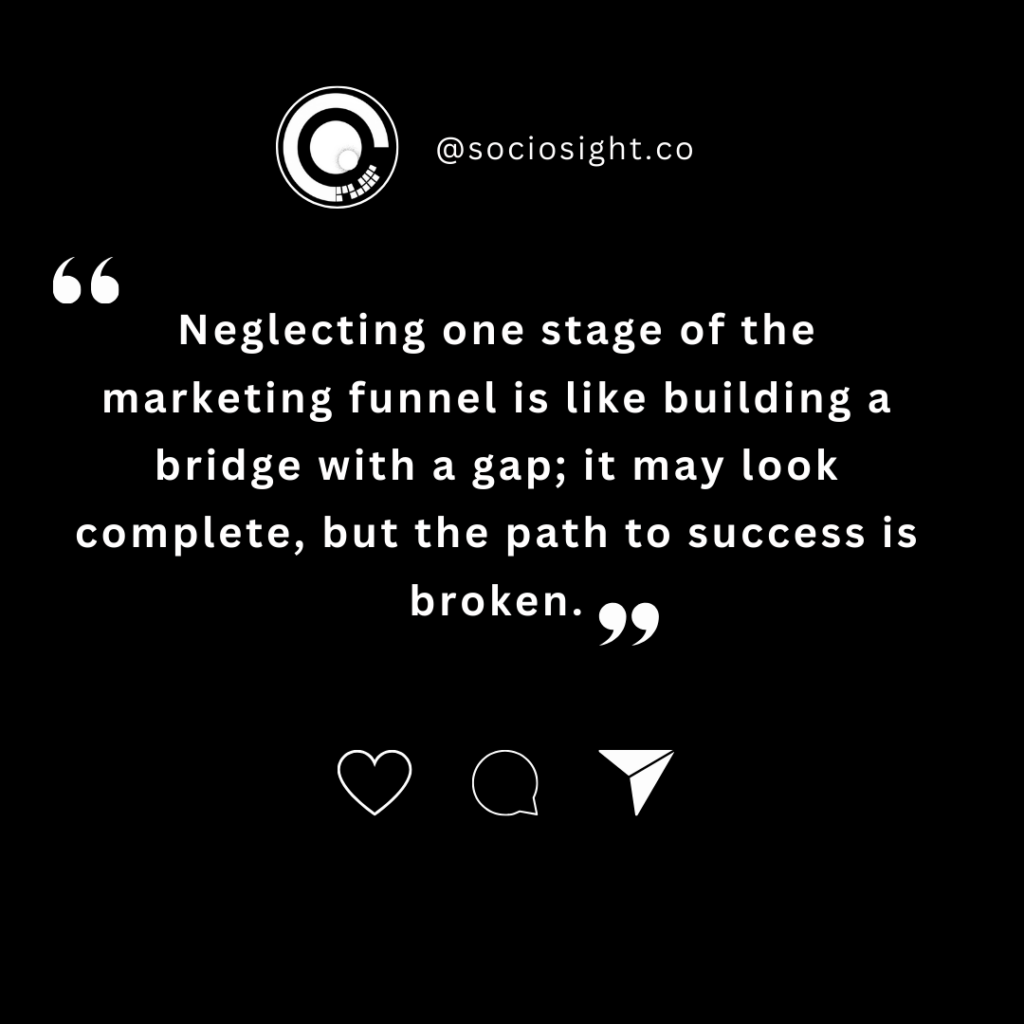
Here are some of the major pitfalls in managing marketing funnel stages, along with how they impact the customer journey:
1. Neglecting Specific Stages:
Often, businesses focus heavily on certain stages of the funnel-like awareness and conversion—but neglect others, such as interest and consideration. This imbalance can create gaps in the customer journey, leading to a loss of potential customers who might have converted if they had been nurtured appropriately through every stage.
2. Inconsistent Messaging Across Stages:
A consistent message is essential across all marketing funnel stages. Inconsistency can confuse potential customers and disrupt the customer journey, leading them to disengage. It’s important that the brand’s message evolves but remains coherent from initial contact through to post-purchase interactions.
3. Failing to Align Marketing Strategies with Customer Expectations:
Not aligning your marketing strategies with the actual needs and expectations of your target audience is a common pitfall. This misalignment can lead to ineffective tactics that do not resonate with potential customers at various points in the customer journey, thereby reducing the effectiveness of your entire marketing funnel.
4. Overlooking the Importance of Customer Feedback:
Feedback is crucial for understanding how customers move through your marketing funnel and what their touchpoints are like. Ignoring feedback can lead to a disconnect in understanding customer needs and optimizing the customer journey to better serve them.
5. Underutilizing Data to Inform Decisions:
Data should guide decisions at every marketing funnel stage. Lack of data-driven decision-making can lead to assumptions about what works, rather than actions based on what influences customer behavior and journey outcomes.
6. Poor Integration of Technology and Tools:
Effective management of marketing funnel stages often requires the integration of various technologies and tools to track customer behavior, analyze data, and automate communications. Poor integration or choosing the wrong tools can create friction in the customer journey, leading to drop-offs and decreased satisfaction.
By avoiding these common pitfalls, you can ensure a more effective and seamless customer journey, enhancing the overall success of your marketing efforts. Each of the marketing funnel stages offers unique challenges and opportunities, and a keen awareness of these can significantly boost your ability to not only attract, but also retain customers.
Strategic Approaches to Each Stage of the Marketing Funnel
To effectively navigate the complexities of the marketing funnel stages, it is crucial to implement strategic approaches tailored to each stage.
This strategy not only enhances the efficiency of your marketing efforts, but also ensures a smoother and more engaging customer journey.
In the following sections, we’ll explore specific strategies designed to optimize each stage of the funnel, addressing the unique challenges and opportunities they present.
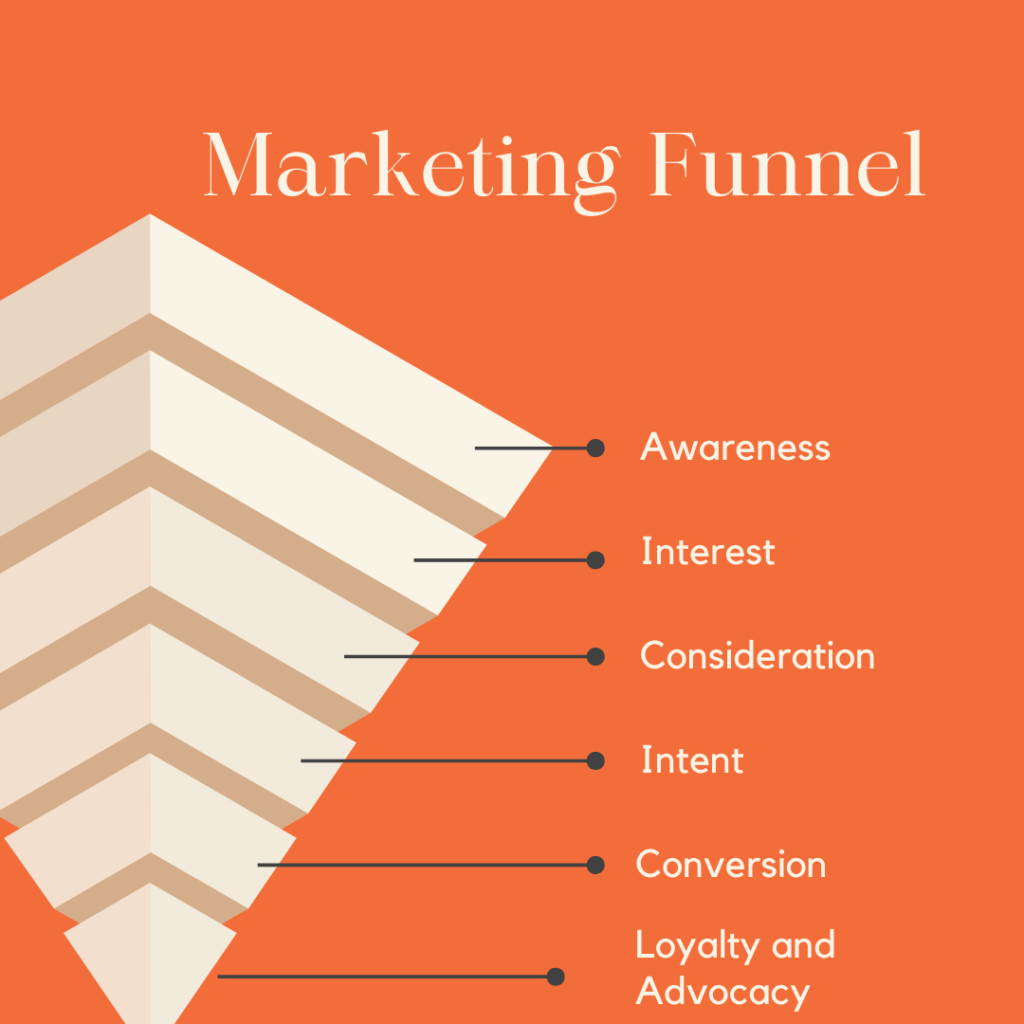
Here’s what we’ll cover under each marketing funnel stage:
- Awareness: The Art of Attracting with SEO & Content Marketing
- Interest: Crafting Compelling Narratives through Social Media Marketing
- Consideration: Nurturing Leads with Strategic Email Marketing
- Intent: Precision Targeting with Paid Advertising
- Conversion: Boost Sales with Optimized Landing Pages and Persuasive Offers
- Loyalty and Advocacy: Securing Long-Term Success with CRM and Loyalty Programs
Each section will delve into the specific actions you can take to enhance your marketing efforts at every step of the funnel, providing practical advice and insights to help you succeed.
Table of Contents
Awareness: The Art of Attracting with SEO & Content Marketing
At the very top of the marketing funnel lies the Awareness stage, where the primary goal is to attract the attention of potential customers.
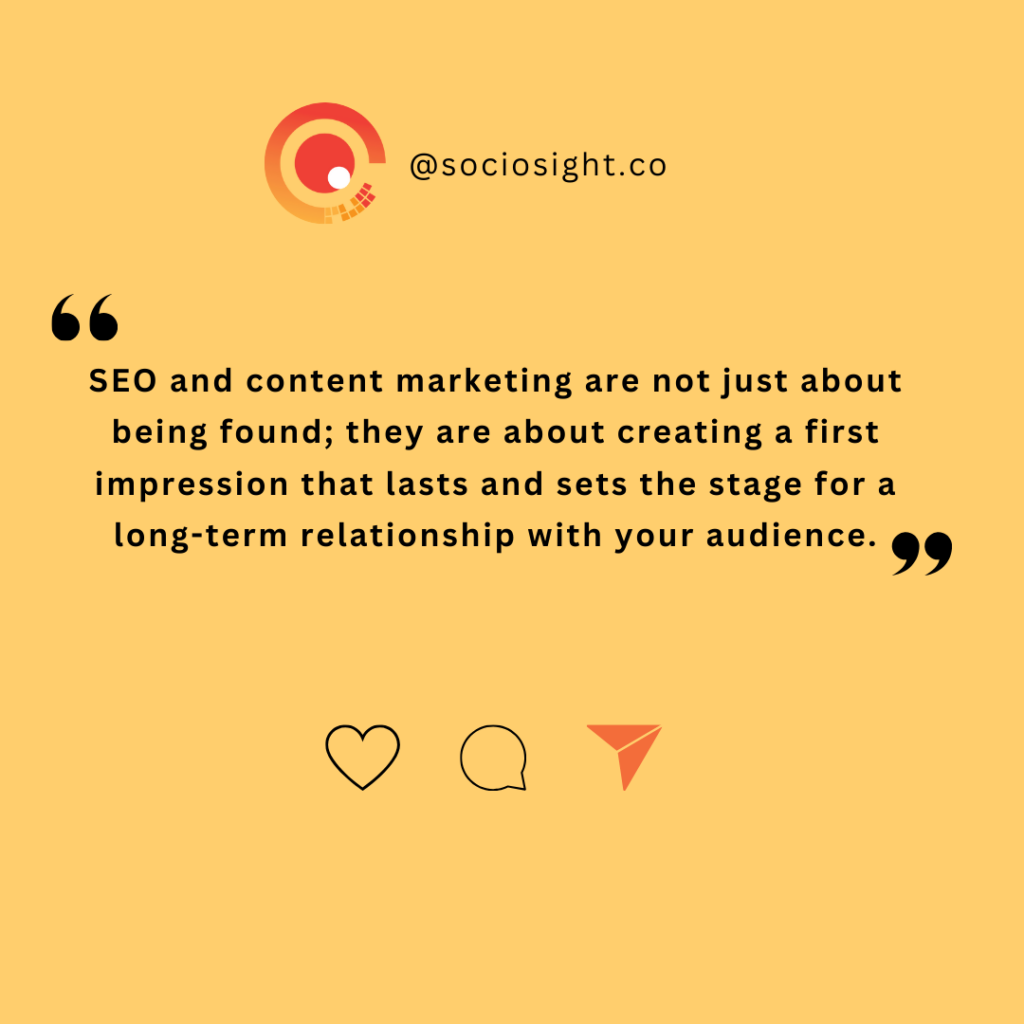
Effective strategies in this marketing funnel stage focus on maximizing visibility and reaching a broad audience.
SEO (Search Engine Optimization) and content marketing are two powerful tools that can be leveraged to achieve these objectives.
SEO: Enhancing Visibility
- Keyword Research: Identify keywords that potential customers use to search for your products or services. Use these keywords strategically in your content to improve search engine rankings and visibility.
- On-page Optimization: Ensure that all elements of your website, such as meta tags, headings, and images, are optimized for search engines. This helps improve your site’s usability and rankings.
- Link Building: Acquire high-quality backlinks from reputable sources. Backlinks are a critical factor in how search engines rank your site. They signal trust and authority to search engines, boosting your site’s visibility.
Content Marketing: Building Engagement
- Valuable Content Creation: Develop content that is not only relevant and engaging, but also provides value to your audience. Employ proven copywriting formulas to ensure that your messages resonate and motivate readers. This could be in the form of blog posts, whitepapers, infographics, or videos. The key is to address the needs and questions of your potential customers effectively.
- Content Distribution: Share your content across various platforms where your target audience is likely active. This includes social media channels, email newsletters, and other relevant online communities.
- Consistency and Quality: Maintain a regular publishing schedule to keep your audience engaged and to establish your brand as a thought leader in your industry. Consistency in quality and posting frequency helps build a loyal audience base.
Integrating SEO and Content Marketing
Integrating SEO and content marketing strategies can amplify your efforts in the Awareness marketing funnel stage. For example, optimized content that ranks well in search engines can drive organic traffic, while compelling content can engage readers and encourage them to share it, further increasing your reach.
The Awareness marketing funnel stage is crucial because it sets the foundation for subsequent interactions with potential customers. By effectively using SEO and content marketing, you can ensure that this first customer journey touchpoint is impactful and begins the process of guiding potential customers deeper into the marketing funnel.
Interest: Crafting Compelling Narratives through Social Media Marketing
In the marketing funnel stages, transitioning from awareness to interest involves not just capturing, but captivating your audience.
Social media marketing is pivotal in this phase, allowing brands to engage users with compelling narratives that resonate deeply.
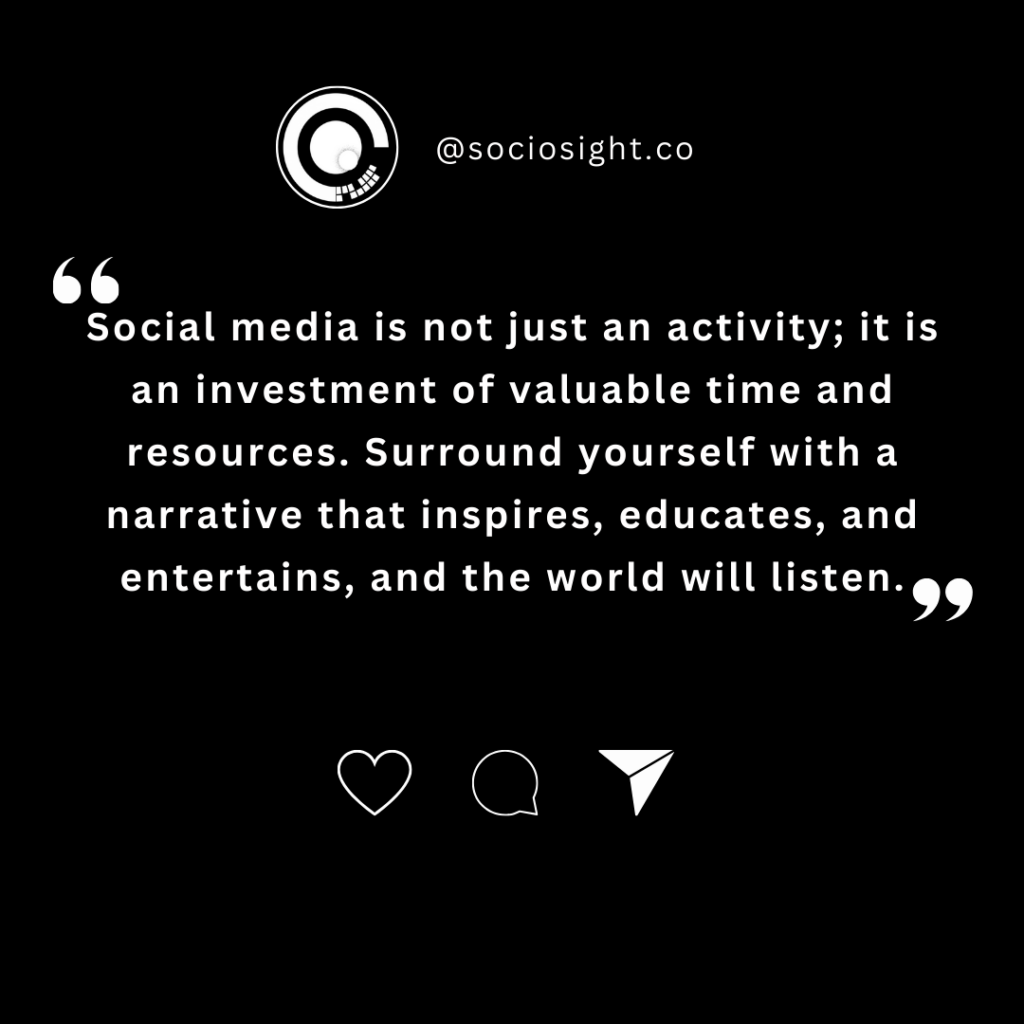
“Social media is not just an activity; it is an investment of valuable time and resources. Surround yourself with a narrative that inspires, educates, and entertains, and the world will listen,” emphasizing the strategic importance of storytelling on these platforms.
Through content that inspires, educates, and entertains, you can build a memorable and engaging brand presence that fosters meaningful connections.
Enhanced Strategic Approaches in Social Media Marketing:
- Understanding Your Audience: Begin by analyzing your target audience and creating detailed customer personas. Understanding the demographics, preferences, and behaviors of your audience is crucial for tailoring your content and choosing the right tone and messaging.
- Content Batching and Scheduling: Grouping content creation and scheduling it in advance ensures a consistent presence. Utilize social media management platforms that combine scheduling tools with analytics, enabling you to post at optimal times and track engagement.Trend Analysis and Engagement Tactics: Stay updated with the latest social media trends and integrate them into your strategy. This keeps your content relevant and engaging, encouraging more interaction from followers.Choosing the Right Platforms: Decide which platforms are most suitable for your brand based on where your target audience is most active. While a multi-platform strategy increases reach, focusing on platforms that align best with your brand’s identity and audience preferences can enhance engagement.
- Copywriting for Social Media: Develop compelling copy that engages quickly and encourages interaction. The right words can turn simple updates into captivating stories that hold the audience’s interest.
By embracing these strategic practices—refined copywriting, efficient content batching, and leveraging advanced management tools—you can craft narratives on social media that not only capture interest but also foster deeper engagement, encouraging the audience to explore more of what your brand has to offer.
Consideration: Nurturing Leads with Strategic Email Marketing
As leads move deeper into the marketing funnel stages, your target audience enters the Consideration phase, where they evaluate your offerings against their needs and alternatives.
Effective email marketing plays a vital role here, serving as a crucial touchpoint in their customer journey.
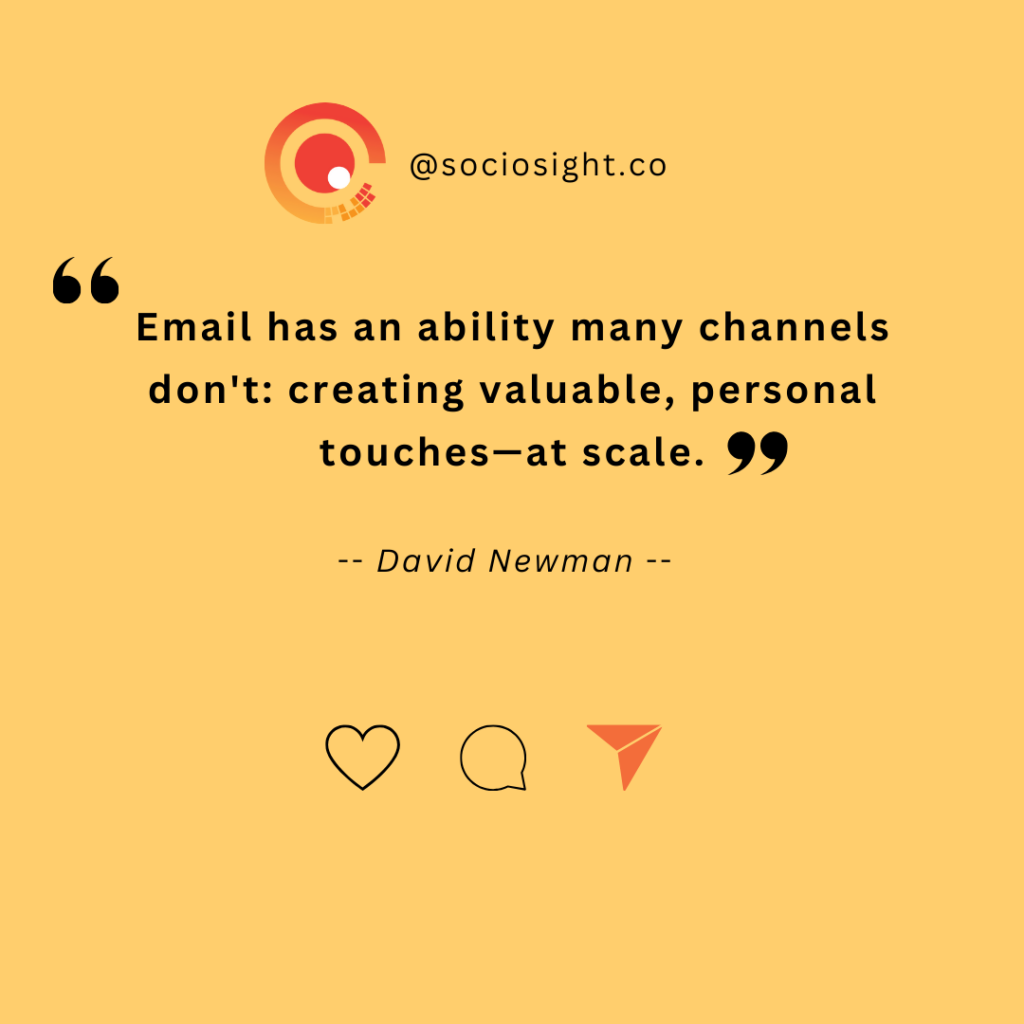
“Email has an ability many channels don’t: creating valuable, personal touches—at scale.” – David Newman.
David Newman’s insight captures the unique advantage of email marketing: its capacity to personalize communication effectively while reaching a large audience.
In the Consideration marketing funnel stage, the ability to deliver personalized, valuable content directly to potential customers is key to nurturing leads and guiding them toward making a purchase decision.
Strategic Email Marketing Approaches:
- Segmentation: Divide your email list into smaller segments based on criteria like demographics, past purchases, and engagement levels. This targeted approach ensures that the content is relevant to each group, enhancing the personal connection and relevance of each message.
- Personalization: Go beyond using the recipient’s name. Tailor email content to meet the individual needs and interests of each segment. Utilize data from customer interactions and behaviors to craft messages that resonate deeply and feel uniquely tailored.
- Copywriting Tips for Emails:
- Clear and Concise Subject Lines: Capture attention with subject lines that promise value and are relevant to the recipient’s interests.
- Compelling Calls-to-Action (CTAs): Use action-oriented language that encourages recipients to take the next step. Ensure CTAs are clear and easy to find.
- Value-driven Content: Focus on how your products or services can solve problems or improve the recipient’s life or business. Highlight benefits, not just features.
- Consistent Follow-ups: Employ automated follow-up sequences to keep in touch with leads who have shown interest but have not yet decided. These follow-ups should be timed appropriately to maintain engagement without overwhelming the recipient.
- A/B Testing: Continuously test different aspects of your emails (like subject lines, content, and CTAs) to see what works best with your audience. Use these insights to refine your strategy and improve the effectiveness of your campaigns.
By implementing these strategic email marketing practices, you can effectively nurture leads through the Consideration stage of the marketing funnel. Personalized, well-crafted emails can build trust and demonstrate the value of your offerings, moving leads closer to the decision stage and ensuring a seamless progression in their customer journey.
Intent: Precision Targeting with Paid Advertising
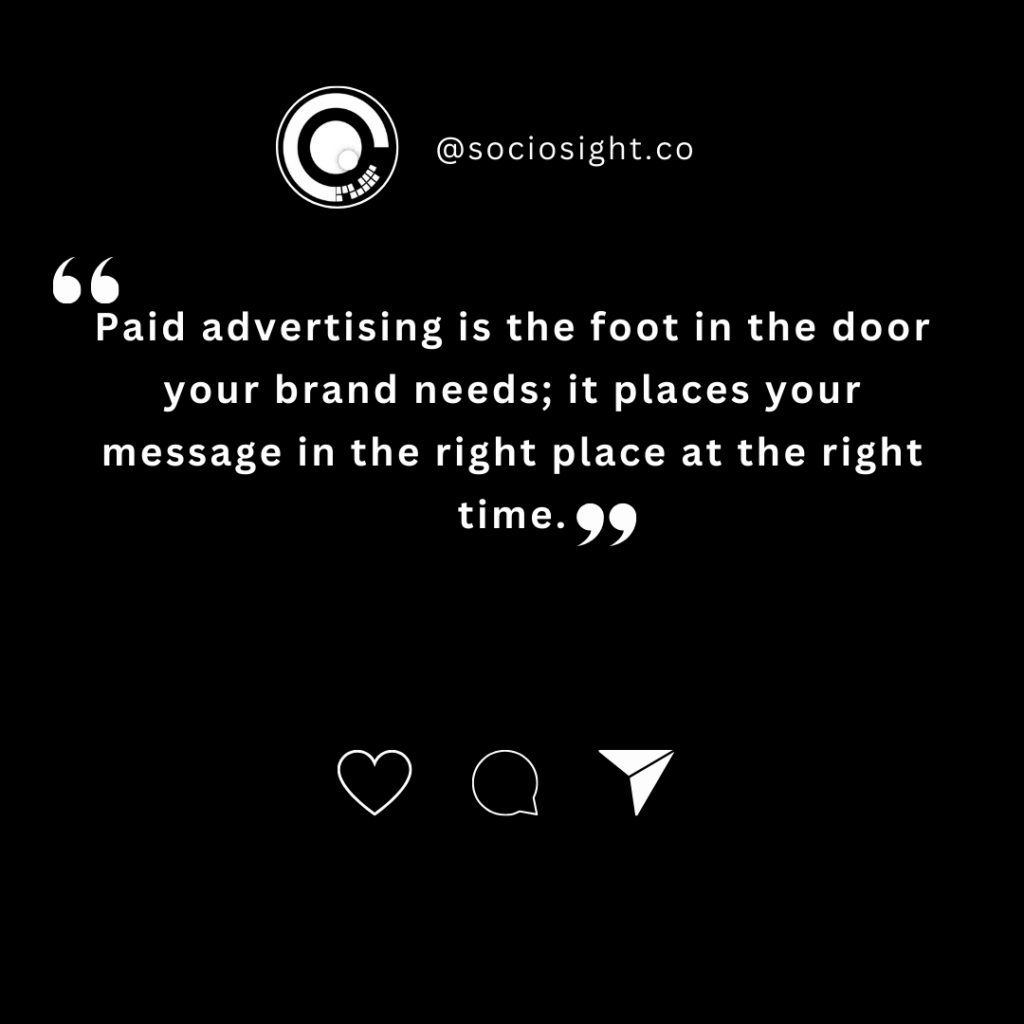
“Paid advertising is the foot in the door your brand needs; it places your message in the right place at the right time.” – Sociosight.
This strategic insight underscores the critical role of paid advertising in the Intent stage of the marketing funnel.
By targeting precisely and timing messages optimally, paid advertising can effectively influence potential customers who are ready to make purchasing decisions.
In this crucial phase, where potential customers are considering their final options, the accuracy and relevance of your ads are key to converting interest into purchases.
Here’s how to maximize the impact of your paid advertising efforts:
- Leveraging Audience Data: Utilize detailed audience data to target ads based on behaviors, interests, demographics, and more. This focused approach ensures that your advertising efforts reach individuals most likely to purchase.
- Employing Various Copywriting Formulas: While the AIDA model (Attention, Interest, Desire, Action) is a popular choice for crafting compelling ad copy, other formulas like PAS (Problem-Agitate-Solve) or FAB (Features-Advantages-Benefits) can also be highly effective, depending on your audience and product.
- Examples of Paid Advertising Platforms:
- Google Ads: Leverage search and display advertising to reach customers actively searching for related products or services.
- Social Media Ads: Platforms like Facebook, Instagram, and LinkedIn allow for highly targeted advertising based on extensive demographic and behavioral data.
- Other Digital Ads: Consider platforms programmatic advertising networks for broader reach.
- Retargeting Campaigns: Implement retargeting strategies to re-engage users who have interacted with your brand but have not yet completed a purchase. These ads are crucial for reminding them of your products or services, thereby increasing the likelihood of conversion.
- Testing and Optimization: Continuously test different ad elements, including copy, design, and targeting settings. Analyze performance data to optimize your campaigns for better engagement and ROI.
- Integrating with the Customer Journey: Ensure that your paid advertising efforts seamlessly integrate into the broader customer journey. Ads should feel like a natural progression rather than an interruption, providing the information or encouragement the customer needs at this stage.
Implementing these targeting paid advertising techniques, you can effectively capture the attention of potential customers at a critical decision-making point in their journey, enhancing the likelihood of converting interest into definitive purchases.
Conversion: Boost Sales with Optimized Landing Pages and Persuasive Offers
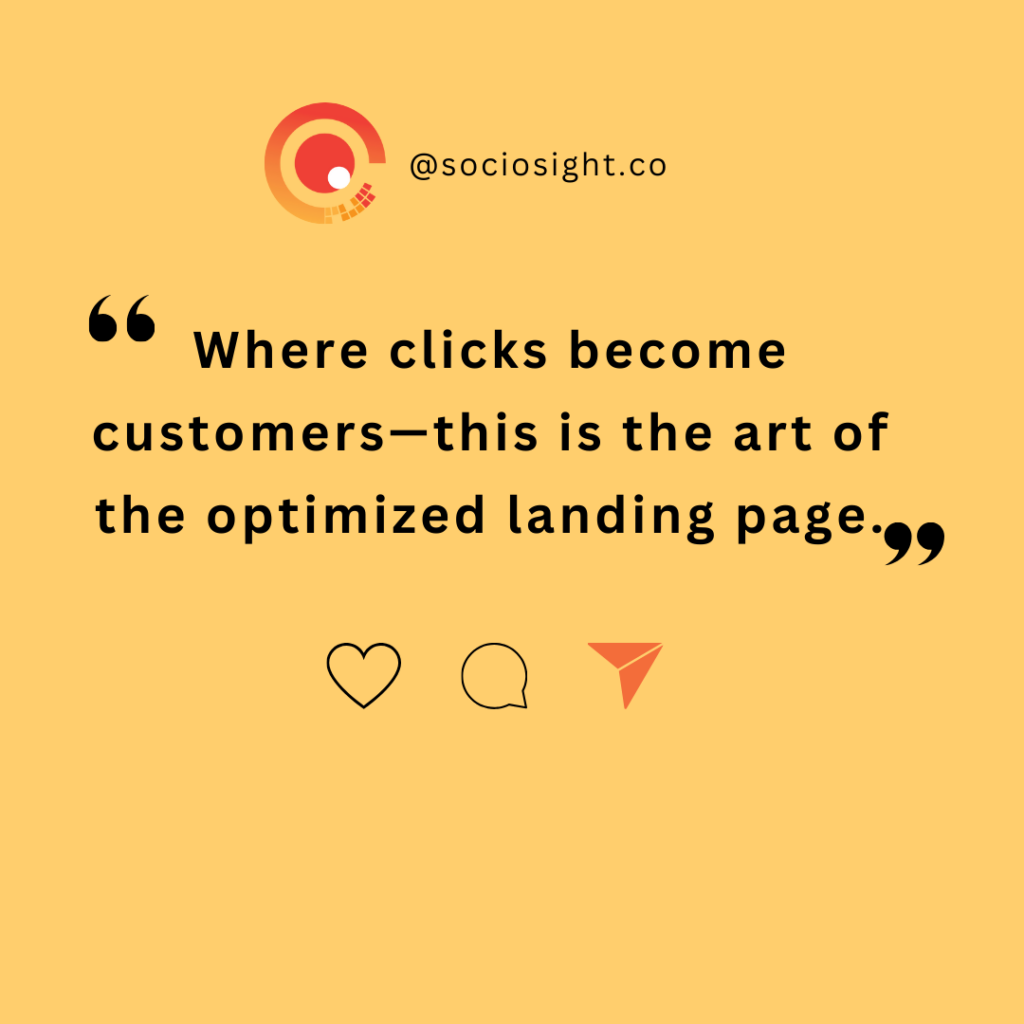
Where clicks become customers—this is the art of the optimized landing page,” highlighting the pivotal role landing pages play in the marketing funnel stages.
At the Conversion stage, the focus is on turning interested visitors into paying customers through strategically designed landing pages and compelling offers.
This critical stage combines effective design with skillful copywriting for websites to resonate deeply with visitors’ needs and desires, ensuring they take the final steps towards making a purchase.
Here’s how to enhance your conversion strategies:
- Designing for Conversion:
- User-Friendly Design: Ensure that website or landing pages are intuitive and easy to navigate. A clean, uncluttered design helps visitors find information quickly and efficiently.
- Responsive Design: With a significant amount of web traffic coming from mobile devices, your landing pages must perform flawlessly across all devices and screen sizes.
- Enhancing Copywriting for Websites:
- Clear Value Proposition: Employ concise and compelling copy that clearly communicates the value of your offer. This copy should highlight how your product or service solves a problem or improves the user’s situation.
- Persuasive Copywriting Techniques: Utilize techniques such as urgency, scarcity, and exclusivity to encourage quick decision-making. Phrases like “limited-time offer” or “exclusive deal for first-time customers” can create a sense of urgency.
- Testimonials and Trust Signals: Include customer testimonials, endorsements, and badges that signal trust, such as security certifications or awards, to reinforce credibility.
- Creating Persuasive Offers:
- Value-Added Propositions: Consider offers that add undeniable value, such as free trials, discounts, or bonus products, to make the decision easier for the visitor.
- Risk Reversal: Implement guarantees or return policies that reduce perceived risks for the buyer, such as money-back guarantees or free returns.
- Utilizing Advanced Analytics:
- Conversion Tracking: Implement tools that track user actions on your landing pages. Analyzing this data helps identify which elements are working and which aren’t, allowing for informed optimizations.
- A/B Testing: Regularly test different versions of your landing pages to see which layouts, copy, and offers perform best. This continual process of testing and improvement can significantly increase conversion rates.
- Integration with Overall Marketing Strategy: Ensure that your landing pages are seamlessly integrated with other marketing efforts, such as email campaigns or social media ads. Consistency in messaging and aesthetics helps reinforce your brand and improves conversion likelihood.
Focusing on optimized landing pages and persuasive offers, coupled with strategic copywriting for websites, you can effectively transform visitor clicks into customer conversions. This stage is not just about capturing a sale but also building a pathway for future engagement and loyalty
Loyalty and Advocacy: Securing Long-Term Success with CRM and Loyalty Programs
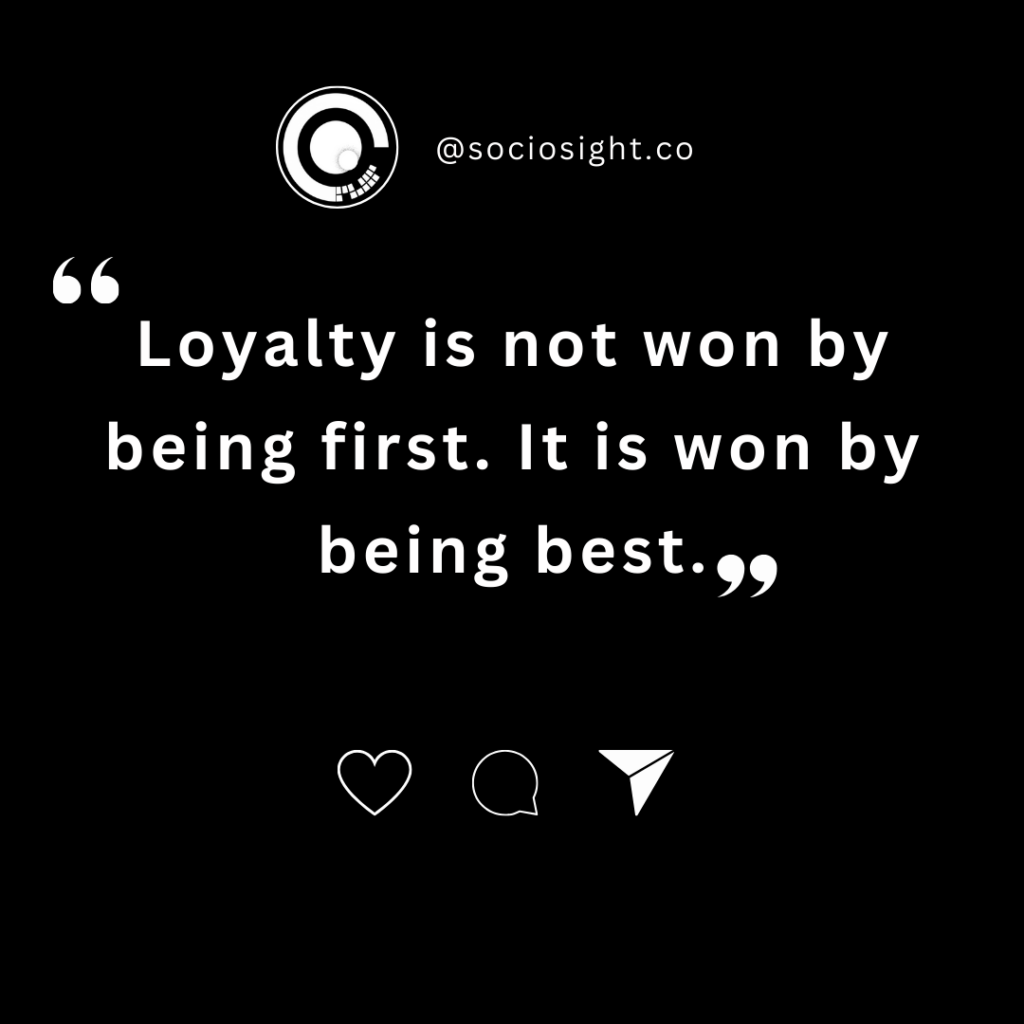
Loyalty is not won by being first. It is won by being best,” emphasizes a well-known business thinker, highlighting the importance of ongoing excellence in customer relationships.
In the final marketing funnel stages, the focus shifts from merely securing a sale to fostering loyalty and advocacy among customers.
Securing long-term success requires more than a transactional approach; it necessitates building lasting relationships that encourage customers to return and advocate for your brand.
Here’s how CRM (Customer Relationship Management) systems and loyalty programs can play pivotal roles in this process:
- Leveraging CRM Systems:
- Personalized Interactions: Use CRM data to personalize communications and offers based on customer preferences, purchase history, and behavior. Personalization makes customers feel valued and increases the likelihood of repeat business.
- Customer Insights: CRM systems provide valuable insights into customer behavior and preferences. Analyzing this data helps you to tailor your strategies to better meet customer needs and predict future trends.
- Integrated Customer Support: Ensure that your CRM system integrates seamlessly with customer support channels. Quick and effective resolution of issues builds trust and satisfaction, which are critical for loyalty.
- Developing Robust Loyalty Programs:
- Rewarding Repeat Business: Design loyalty programs that reward customers for repeat purchases, referrals, or engagement. Rewards can range from discounts and special offers to exclusive access to new products or services.
- Engagement Beyond Purchases: Encourage ongoing engagement by offering rewards for actions other than purchases, such as social media shares, reviews, or participation in community events.
- Tiered Benefits: Implement a tiered system where customers earn greater rewards as they reach higher levels of spending or engagement. This incentivizes continued interaction and investment in your brand.
- Consistent Communication and Engagement:
- Regular Updates: Keep in touch with customers through regular updates about your business, new products, or exclusive offers. Consistent communication keeps your brand top of mind and reinforces the relationship.
- Feedback Loops: Actively seek and respond to customer feedback. Showing that you value and act on customer input enhances loyalty and can turn customers into brand advocates.
- Utilizing Social Proof and Community Building:
- Showcase Customer Stories: Share customer testimonials and success stories to provide social proof and highlight the value of your offerings. Seeing real-life examples of customer satisfaction encourages others to become loyal fans.
- Community Engagement: Foster a sense of community among your customers through online forums, social media groups, or events. A strong community can lead to enhanced customer loyalty and more robust advocacy.
Effectively using CRM systems and loyalty programs to support these strategies, you can transform one-time buyers into lifelong customers and advocates. This stage of the marketing funnel is crucial for sustainable growth, as it not only secures repeat business, but also turns satisfied customers into vocal proponents of your brand.
Case Study: Transforming Marketing Strategy for a Specialty Coffee Brand
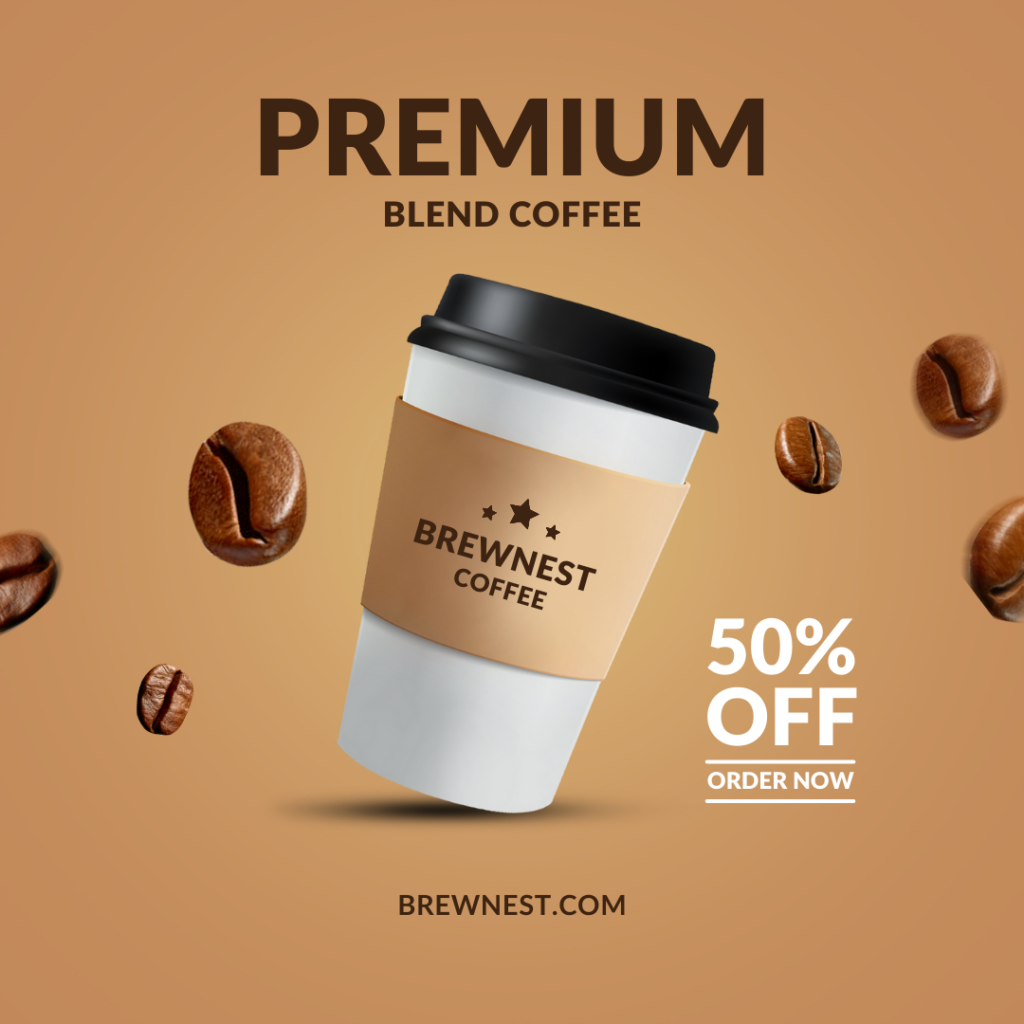
Background:
A specialty coffee brand known for its premium organic blends was struggling with stagnant sales despite a strong initial customer interest. Their analysis indicated significant drop-offs at each stage of the marketing funnel, particularly at the consideration and conversion stages.
The key challenges identified were:
- Ineffective Targeting on Social Media: Campaigns were broadly targeted and failed to resonate with specific consumer interests and preferences.
- Inconsistent Email Engagement: Email campaigns were generic, sporadically sent, and lacked personalization, resulting in low engagement and poor conversion rates.
- Underperforming Landing Pages: The brand’s landing pages were cluttered, with unclear value propositions and weak calls-to-action.
- Lack of Customer Retention Efforts: Absence of a loyalty program or sustained engagement strategies post-purchase.
Strategic Improvements:
- Segmented Social Media Campaigns: The brand redesigned its social media approach to focus on distinct customer segments such as home brewers and cafe owners. Each campaign-tailored content highlighted specific benefits relevant to each group, such as bulk purchase discounts for cafe owners and exclusive brewing tips for home enthusiasts.
- Personalized Email Marketing: Leveraging a robust CRM system, the brand began sending personalized email content based on the recipient’s past purchasing behavior and engagement history. This included personalized recommendations and special offers timed around likely repurchase periods or relevant holidays.
- Landing Page Optimization: Each product category received a dedicated landing page optimized for clarity and speed, with A/B testing used to refine elements like headline wording, page layout, and the prominence of customer testimonials.
- Dynamic Loyalty Program: The brand launched a loyalty program that rewarded not only purchases but also engagement activities such as online reviews and social media interactions. Higher tiers offered access to exclusive products and events, enhancing perceived value.
These strategic improvements led to:
- Targeted Engagement Boost: Social media engagement rates tripled, with a noticeable increase in qualified leads from both home brewers and cafe owners.
- Elevated Email Performance: Personalized emails achieved a 60% increase in open rates and a 45% rise in click-through rates, directly correlating to a 35% uplift in conversion rates from email.
- Enhanced Conversion on Landing Pages: Optimized landing pages experienced a 70% improvement in conversion rates, significantly boosting direct sales.
- Increased Customer Retention: The new loyalty program increased customer retention rates by 40% and significantly improved the rate of customer referrals.
Conclusion:
This case study demonstrates the impact of precise and strategic improvements across the marketing funnel. By specifically addressing the unique needs and behaviors of different customer segments, the coffee brand not only resolved its conversion issues but also fostered a strong, loyal customer base that actively promoted the brand.
Summary: Mastering the Marketing Funnel Stages for Business Growth
Throughout this discussion, we have explored the critical importance of each marketing funnel stage, from initial awareness to building long-term loyalty and advocacy.
You can significantly enhance your customer acquisition, conversion, and retention efforts by understanding and strategically addressing the challenges and opportunities at each stage.
Key Takeaways:
- Awareness: Utilize SEO and content marketing to cast a wide net and attract potential customers.
- Interest: Engage your audience with compelling narratives through targeted social media marketing.
- Consideration: Nurture leads with personalized and strategic email marketing.
- Intent: Employ precision targeting in paid advertising to influence potential customers at a crucial decision-making point.
- Conversion: Optimize landing pages and create persuasive offers to turn interest into purchases.
- Loyalty and Advocacy: Secure long-term success by integrating CRM systems and loyalty programs to foster repeat business and customer referrals.
The case study of a specialty coffee brand demonstrated how targeted improvements across these stages can resolve conversion issues and cultivate a strong, loyal customer base. Each stage requires a focused approach tailored to the specific needs and behaviors of your audience.
For more detailed guidance and regular updates on mastering these marketing funnel stages, please follow our social media account at @sociosight. Join our community for more tips and insights to help you turn your marketing efforts into measurable success.








